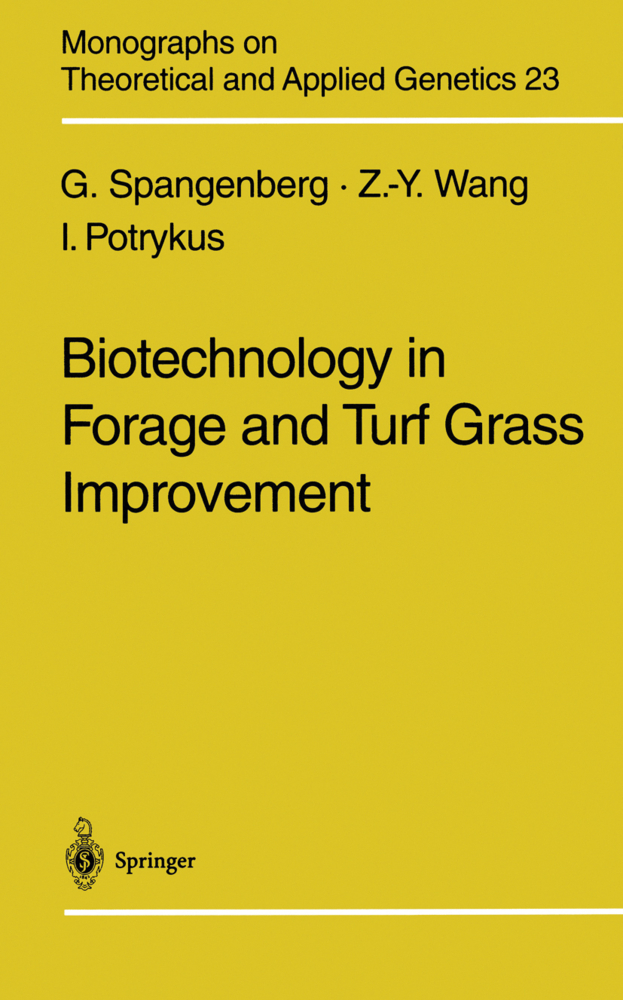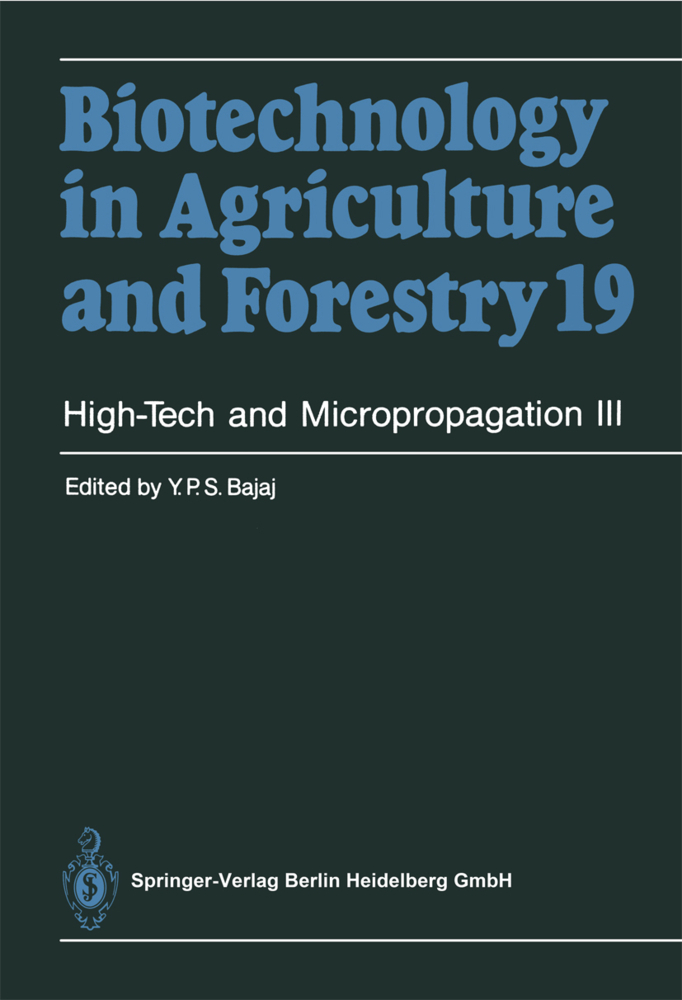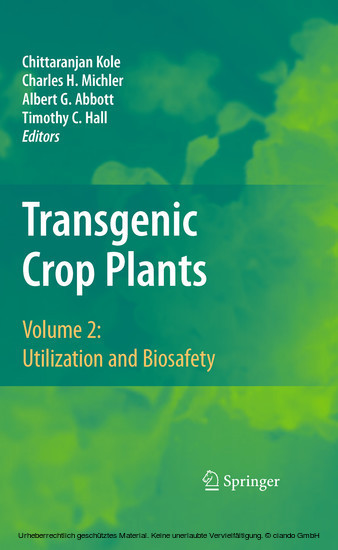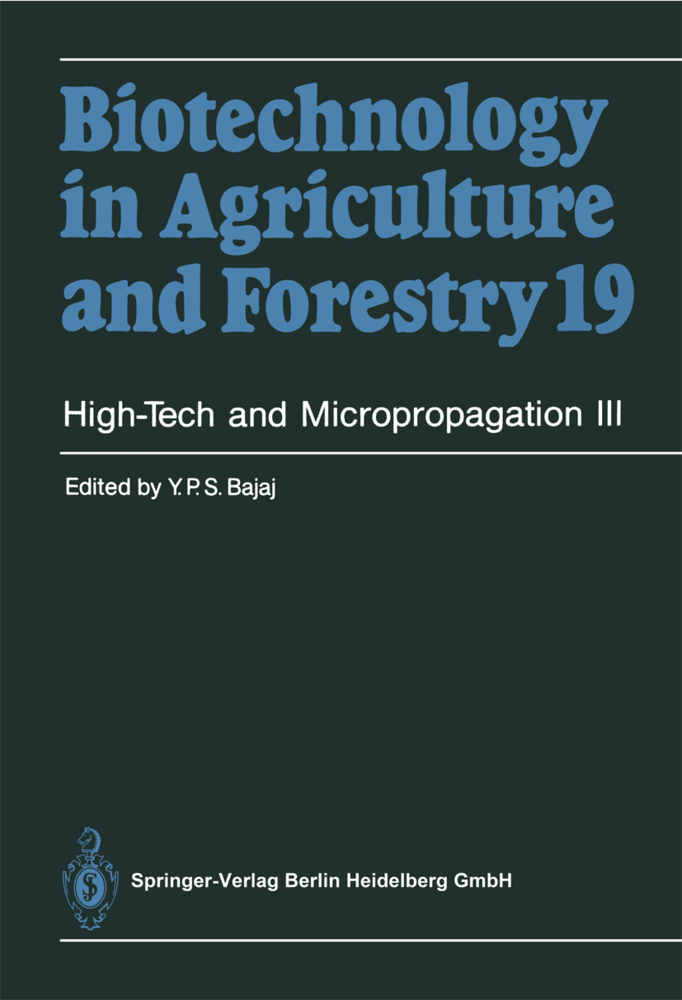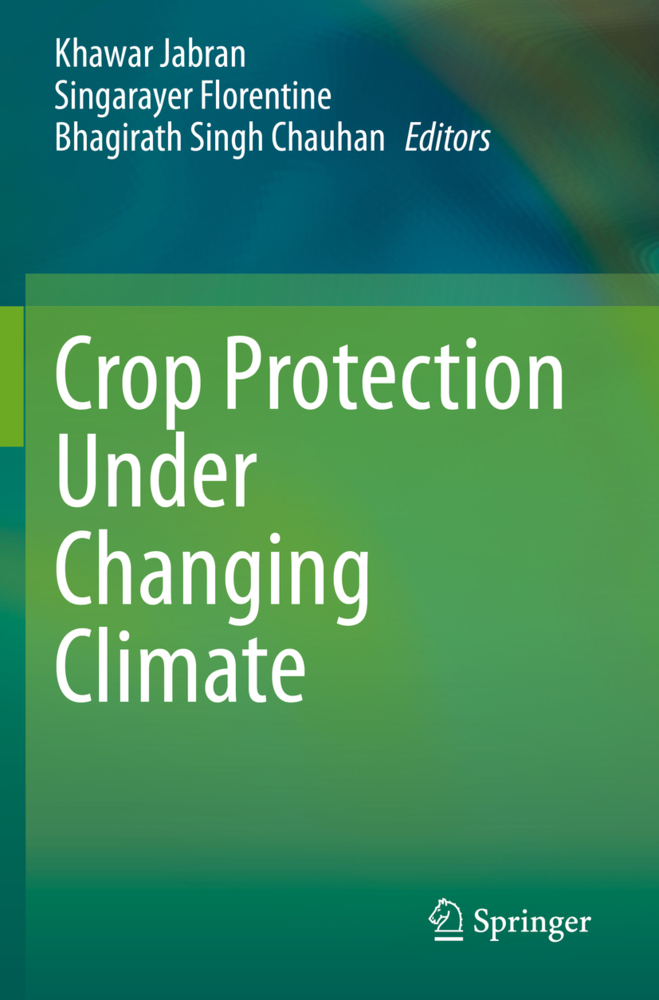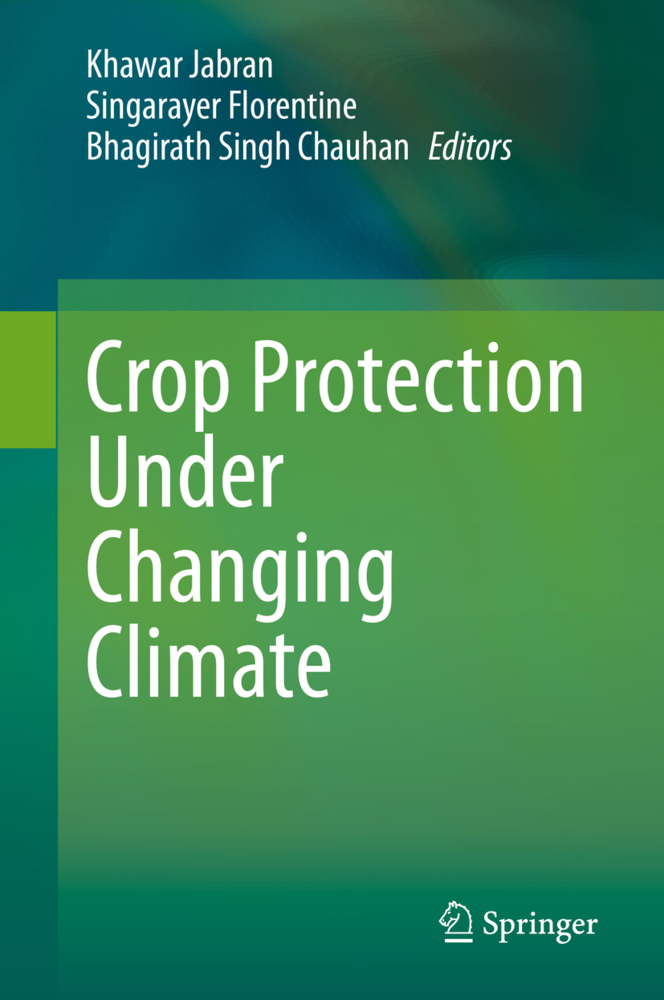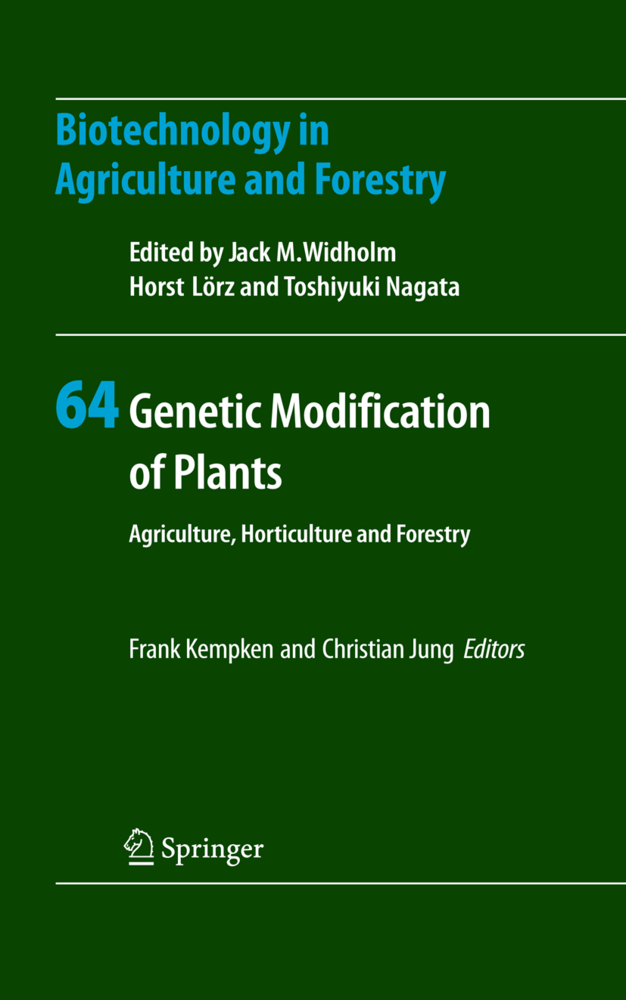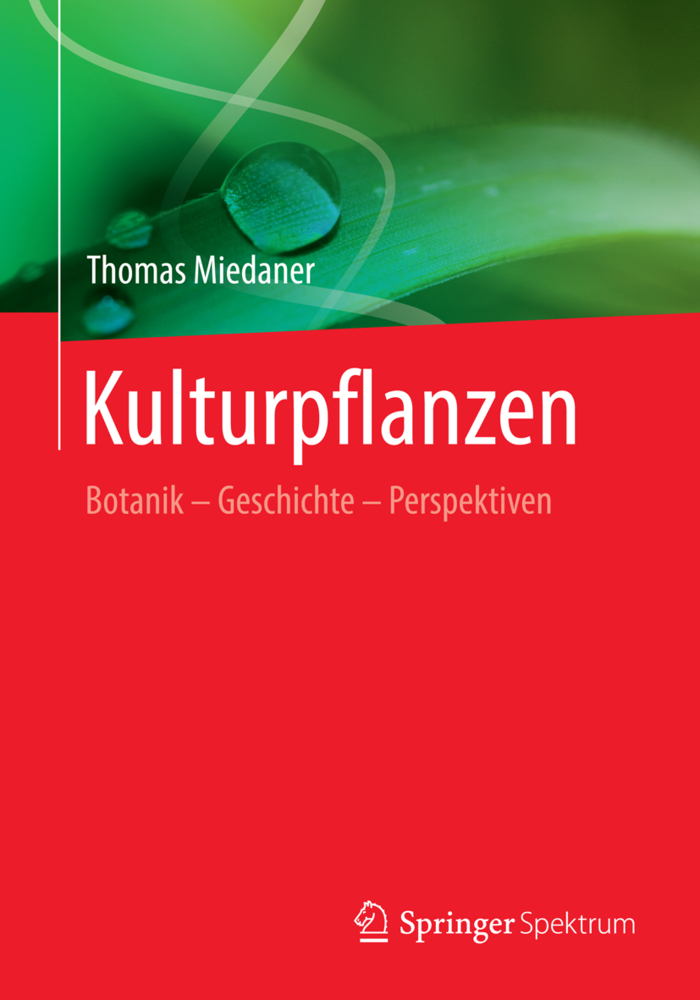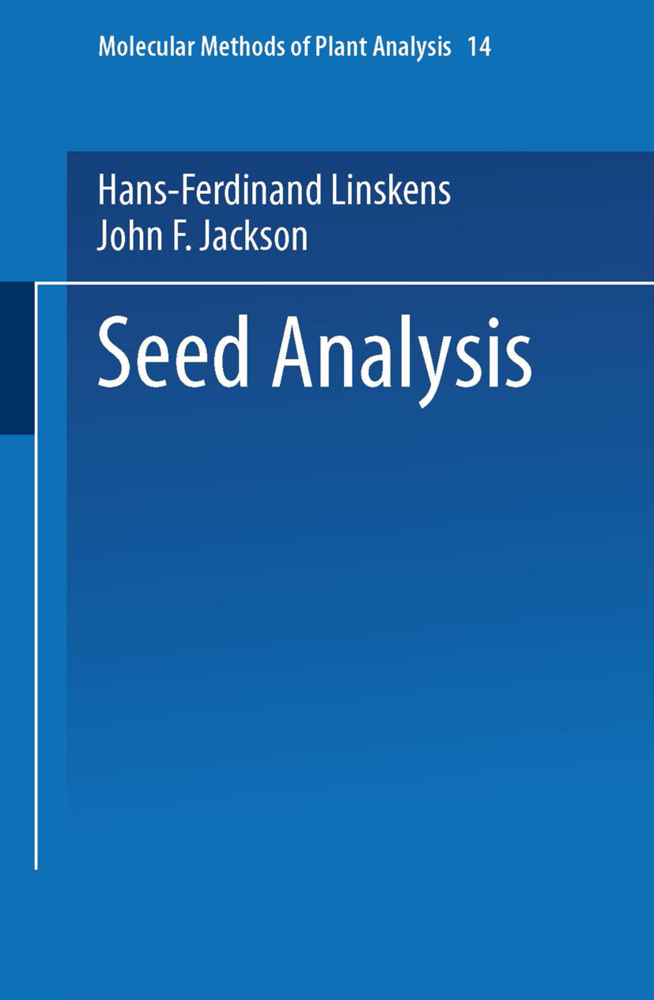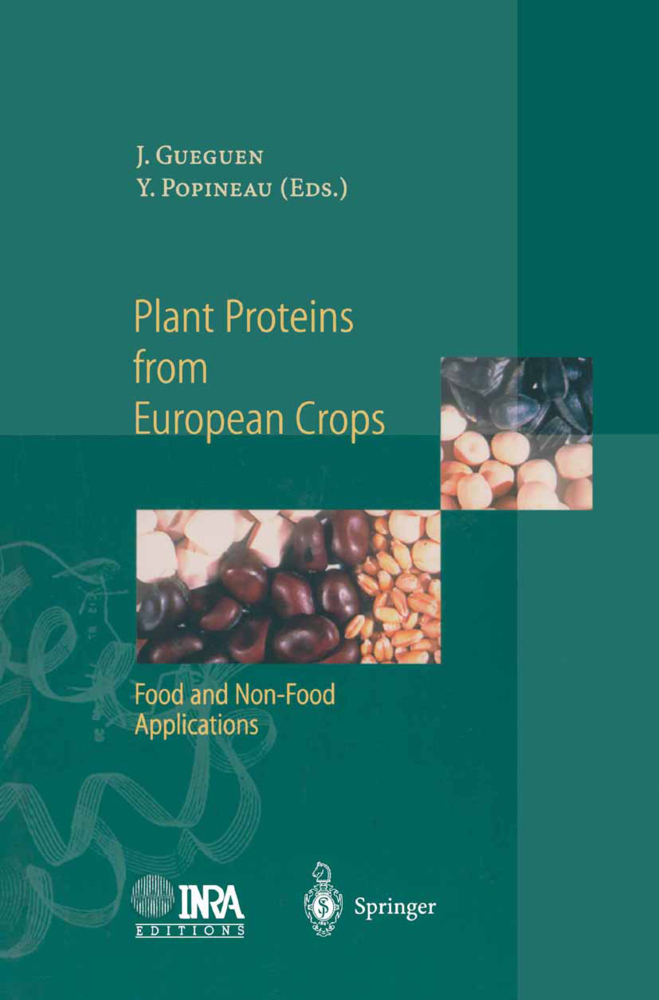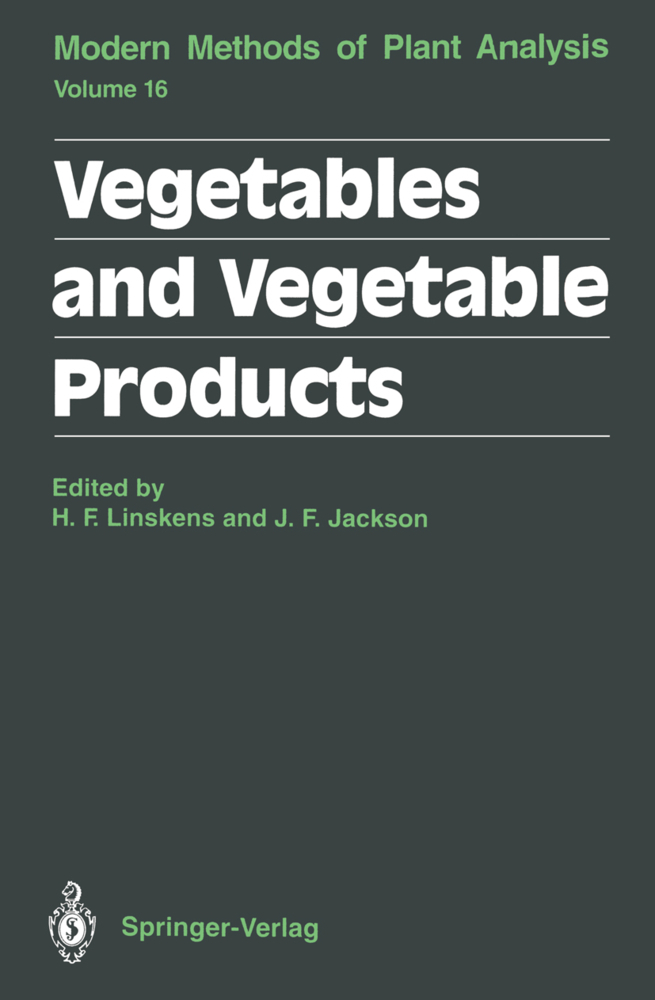Biotechnology in Forage and Turf Grass Improvement
Biotechnology in Forage and Turf Grass Improvement
Worldwide, acreage under grassland is estimated to be twice that of cropland. Two closely related genera, Festuca L. (fescues) and Lolium L. (ryegrasses) are of significant value in temperate grasslands. These genera (tribe Poeae, subfamily Pooideae) contain well-adapted, very productive grasses widely distributed in temperate and cool climates in Europe, North and South America, North, East and South Africa, Asia, Australia and New Zealand, where they are used for agricultural and recreational purposes (Jauhar 1993). They are important for grazing, stabilizing soil for agriculture, and enhancing the environment through multiple uses, such as forage, conservation and turf (Barnes 1990). Therefore, in the family Poaceae, the Festuca-Lolium group of grasses is among the most extensively studied by agronomists, plant breeders, animal scientists, taxonomists and cytogeneticists. The potential of biotechno logical approaches has been recognized for the development of improved fescue and rye grass cultivars (Barnes 1990; Kau11990; Jauhar 1993). 1. 1 Agronomic Importance of the Festuca-Lolium Complex The Festuca-Lolium complex involves some well-adapted, highly productive persistent species which are widely used for soil stabilization, for agricultural purposes and as amenity grasses. For temperate grasslands, tall fescue, meadow fescue, Italian ryegrass and perennial ryegrass are particularly impor tant species which show complementary desirable traits, such as palatability and fast initial growth of the ryegrasses, and winter hardiness, persistency combined with continued high production after the second harvest year of the fescues.
1.2 Distribution of Fescues and Ryegrasses
1.3 Biotechnology in Festuca-Lolium Improvement: General Considerations
References
2 Meristem Culture
2.1 Introduction
2.2 Culture of Vegetative Meristems in Festuca and Lolium
2.3 Culture of Floral Meristems in Festuca and Lolium
2.4 Meristem Culture in Other Grasses
2.5 Summary and Conclusions
References
3 Callus Cultures and Somaclonal Variation
3.1 Introduction
3.2 Regeneration from Callus Cultures in Festuca and Lolium
3.3 Somaclonal Variation in Festuca and Lolium
3.4 Regeneration from Callus Cultures in Other Grasses
3.5 Summary and Conclusions
References
4 Anther Culture and Production of Haploids
4.1 Introduction
4.2 Anther Culture and Haploids in Festuca
4.3 Anther Culture and Haploids in Lolium
4.4 Anther Culture in Other Grasses
4.5 Summary and Conclusions
References
5 Plant Regeneration from Suspension Cells and Protoplasts
5.1 Introduction
5.2 Cell Suspension and Protoplast Cultures in Festuca
5.3 Cell Suspension and Protoplast Cultures in Lolium
5.4 Suspension and Protoplast Cultures in Other Grasses
5.5 Summary and Conclusions
References
6 Somatic Hybridization
6.1 Introduction
6.2 Somatic Hybridization in Festuca and Lolium
6.3 Cybridization in Festuca and Lolium
6.4 Somatic Hybridization in Other Grasses
6.5 Summary and Conclusions
References
7 Transgenic Plants from Protoplasts
7.1 Introduction
7.2 Direct Gene Transfer to Protoplasts in Festuca
7.3 Direct Gene Transfer to Protoplasts in Lolium
7.4 Direct Gene Transfer to Protoplasts in Other Grasses
7.5 Summary and Conclusions
References
8 Protoplast-Independent Production of Transgenic Plants
8.1 Introduction
8.2 Protoplast-Independent Transformation in Festuca
8.3 Protoplast-Independent Transformation in Lolium
8.4 Protoplast-Independent Transformation in Other Grasses
8.5 Summaryand Conclusions
References
9 Molecular Markers
9.1 Introduction
9.2 Molecular Markers in Festuca and Lolium
9.3 Molecular Markers in Other Grasses
9.4 Summary and Conclusions
References
10 Perspectives
10.1 Introduction
10.2 Forage Quality
10.3 Disease and Pest Resistance
10.4 Growth and Development
10.5 Summary and Conclusions
References.
1 Introduction
1.1 Agronomic Importance of the Festuca-Lolium Complex.1.2 Distribution of Fescues and Ryegrasses
1.3 Biotechnology in Festuca-Lolium Improvement: General Considerations
References
2 Meristem Culture
2.1 Introduction
2.2 Culture of Vegetative Meristems in Festuca and Lolium
2.3 Culture of Floral Meristems in Festuca and Lolium
2.4 Meristem Culture in Other Grasses
2.5 Summary and Conclusions
References
3 Callus Cultures and Somaclonal Variation
3.1 Introduction
3.2 Regeneration from Callus Cultures in Festuca and Lolium
3.3 Somaclonal Variation in Festuca and Lolium
3.4 Regeneration from Callus Cultures in Other Grasses
3.5 Summary and Conclusions
References
4 Anther Culture and Production of Haploids
4.1 Introduction
4.2 Anther Culture and Haploids in Festuca
4.3 Anther Culture and Haploids in Lolium
4.4 Anther Culture in Other Grasses
4.5 Summary and Conclusions
References
5 Plant Regeneration from Suspension Cells and Protoplasts
5.1 Introduction
5.2 Cell Suspension and Protoplast Cultures in Festuca
5.3 Cell Suspension and Protoplast Cultures in Lolium
5.4 Suspension and Protoplast Cultures in Other Grasses
5.5 Summary and Conclusions
References
6 Somatic Hybridization
6.1 Introduction
6.2 Somatic Hybridization in Festuca and Lolium
6.3 Cybridization in Festuca and Lolium
6.4 Somatic Hybridization in Other Grasses
6.5 Summary and Conclusions
References
7 Transgenic Plants from Protoplasts
7.1 Introduction
7.2 Direct Gene Transfer to Protoplasts in Festuca
7.3 Direct Gene Transfer to Protoplasts in Lolium
7.4 Direct Gene Transfer to Protoplasts in Other Grasses
7.5 Summary and Conclusions
References
8 Protoplast-Independent Production of Transgenic Plants
8.1 Introduction
8.2 Protoplast-Independent Transformation in Festuca
8.3 Protoplast-Independent Transformation in Lolium
8.4 Protoplast-Independent Transformation in Other Grasses
8.5 Summaryand Conclusions
References
9 Molecular Markers
9.1 Introduction
9.2 Molecular Markers in Festuca and Lolium
9.3 Molecular Markers in Other Grasses
9.4 Summary and Conclusions
References
10 Perspectives
10.1 Introduction
10.2 Forage Quality
10.3 Disease and Pest Resistance
10.4 Growth and Development
10.5 Summary and Conclusions
References.
Spangenberg, German
Wang, Zeng-Yu
Potrykus, Ingo
| ISBN | 978-3-642-72053-6 |
|---|---|
| Artikelnummer | 9783642720536 |
| Medientyp | Buch |
| Copyrightjahr | 2012 |
| Verlag | Springer, Berlin |
| Umfang | IX, 201 Seiten |
| Abbildungen | IX, 201 p. |
| Sprache | Englisch |

